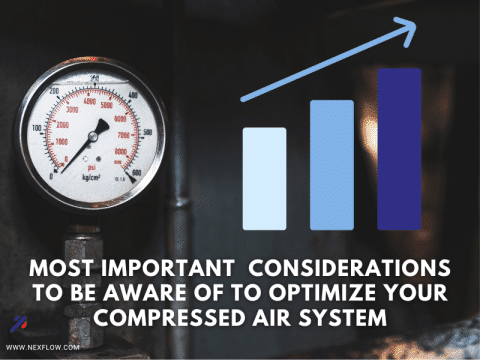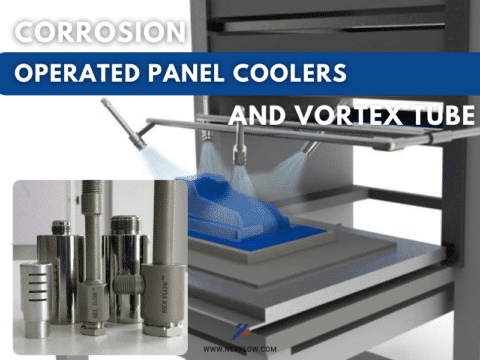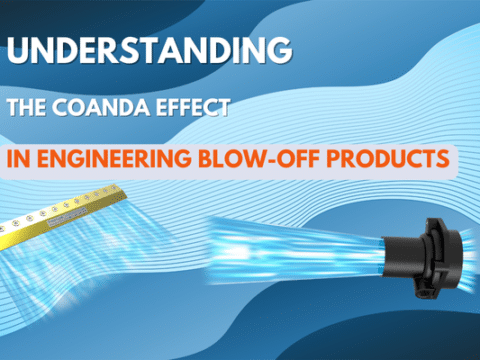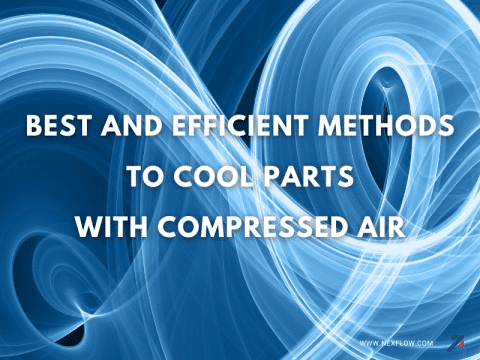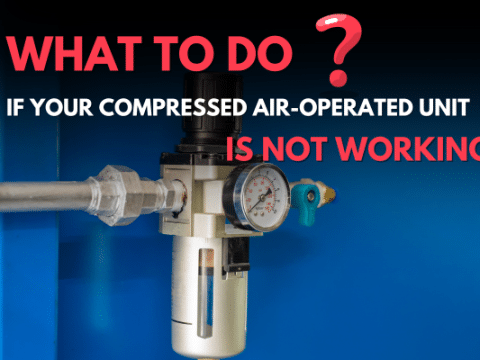
How to have Control Panel Air Conditioning meet the requirements of the Kigali Agreement
On Oct 15, 2016 countries around the world signed on to the Kigali Agreement, an amendment to the Montreal Protocol, which hopes to reduce the use of hydrofluorocarbons (HFCs) significantly. The deal promises the largest temperature reduction ever in history, by limiting the use of greenhouse gases. The Kigali Agreement will see richer countries cut back their HFC use from the year 2019. Developing countries and other struggling economies will have their own delayed timeframes and benchmarks to adhere to.
This three-path agreement is expected to reduce global warming by half-a-degree centigrade and experts are optimistic the accord will remove the equivalent of about 70 billion tonnes of carbon dioxide from the atmosphere by 2050. In factories around the world air conditioners are used to cool electrical and electronic control panels. These can be replaced with vortex tube operated systems. A vortex tube uses only compressed air which is a relatively green technology as the source of power to create a cold stream of air at one end used for air conditioning. Other advantages include near zero maintenance, pressurizing the panels to keep out moisture and dirt, long and durable equipment life as no moving parts, low cost designs, and no condensate to dispose of which is another environmental issue and cost.
While not practical for large applications like your home or building air conditioning, the applications for small enclosures can make the switch to a climate friendly technology simple, easy and in many cases more economical when all factors are considered, especially as changes to traditional air conditioning systems will create added costs in the future.




